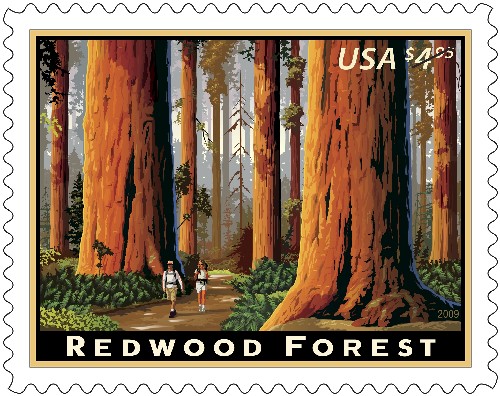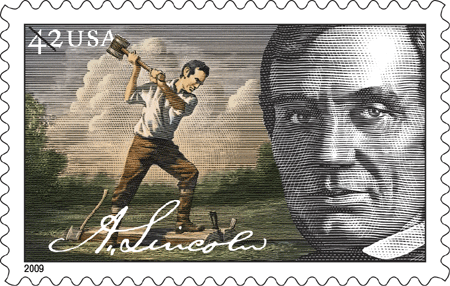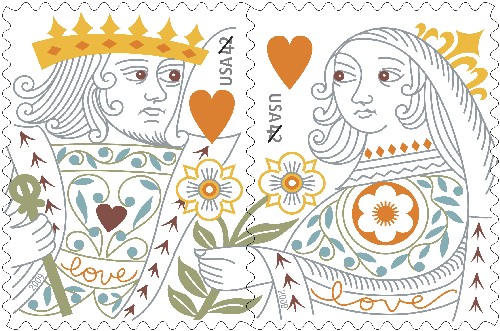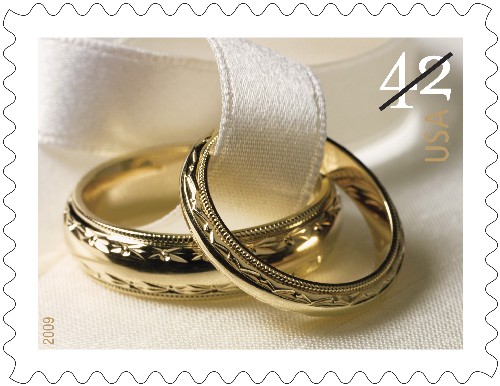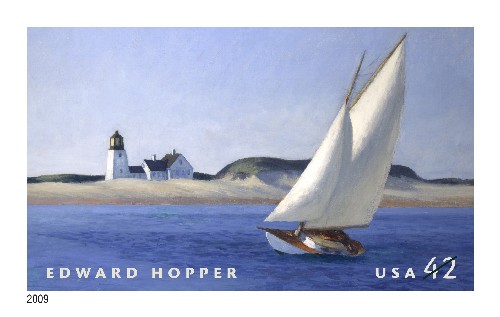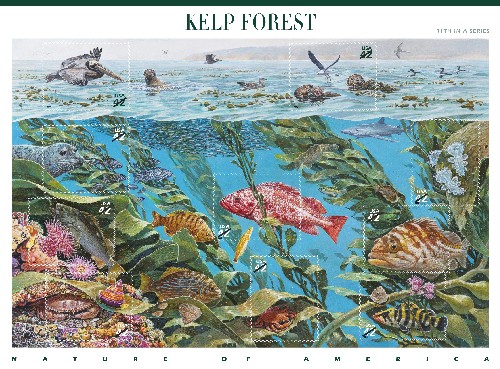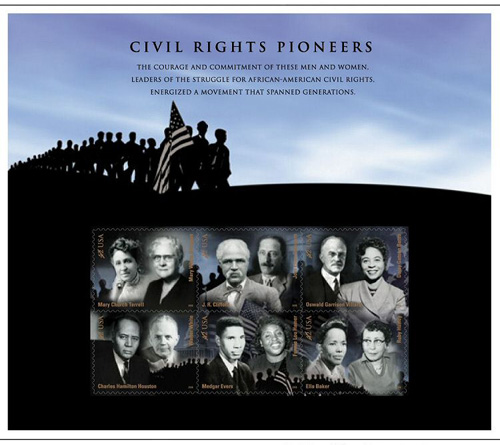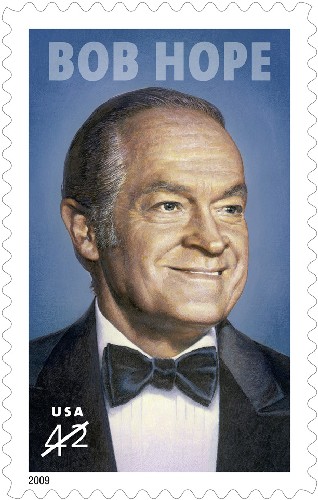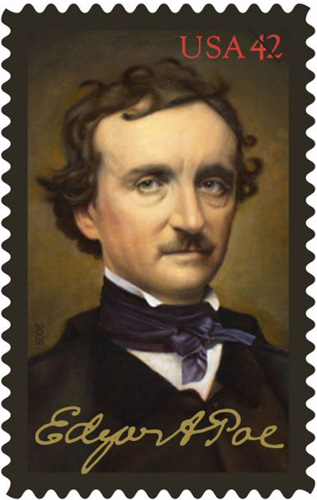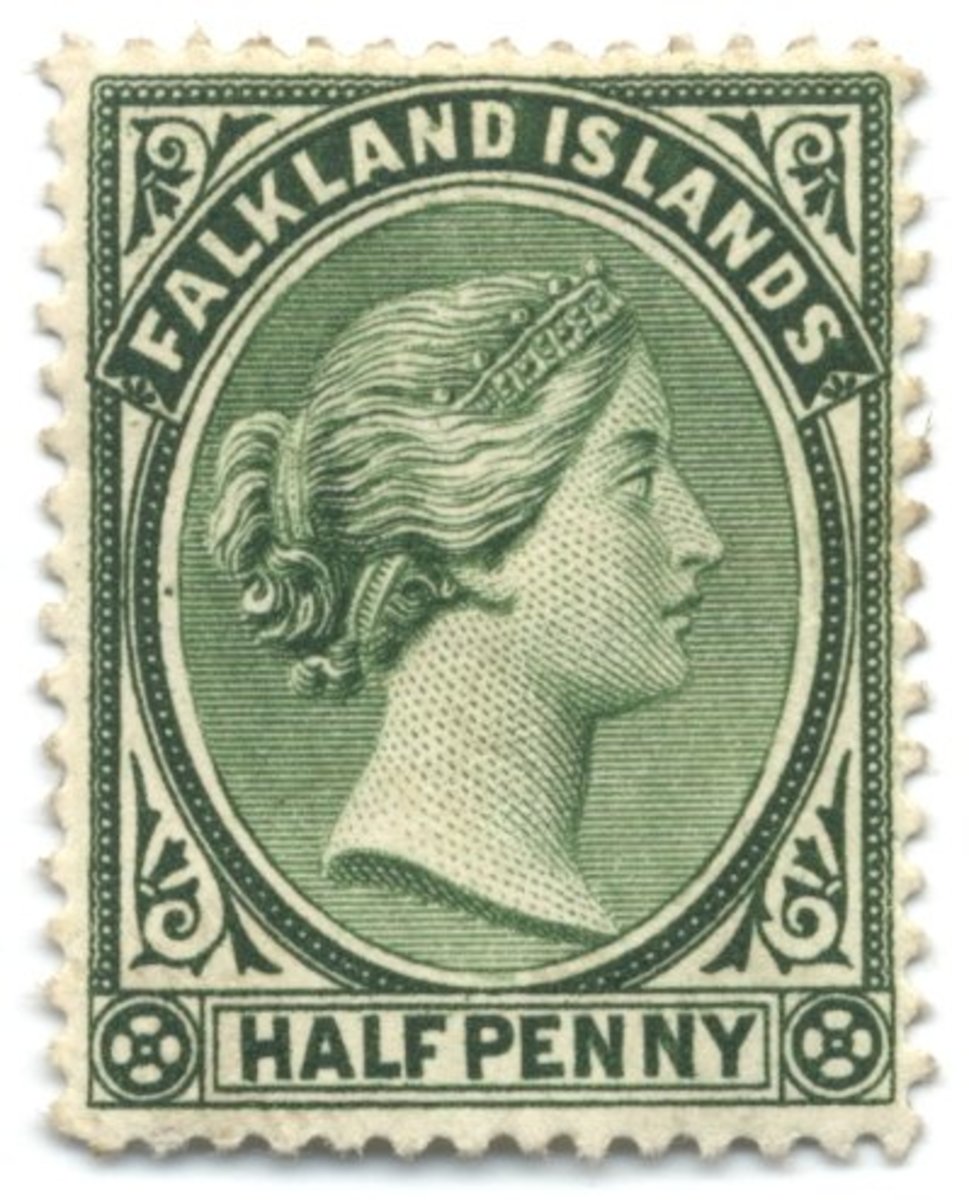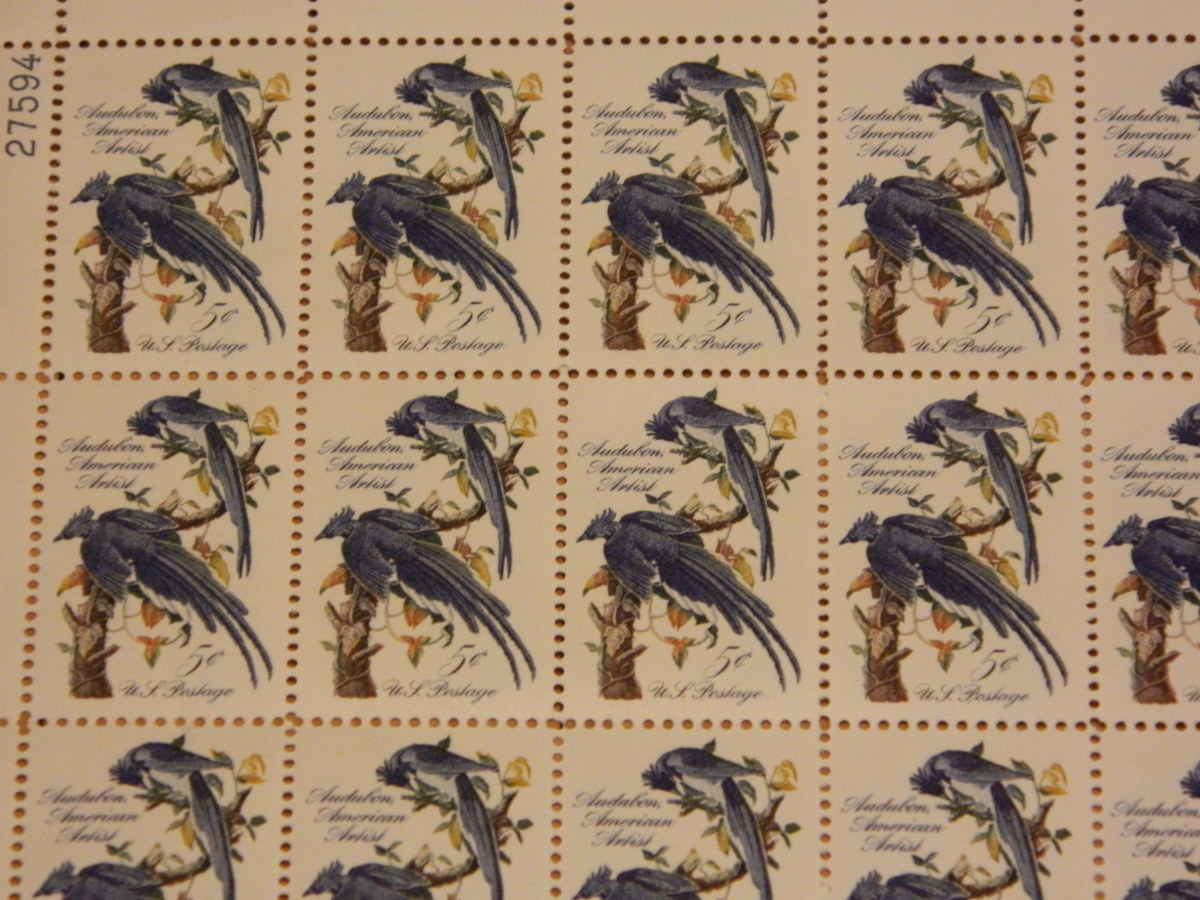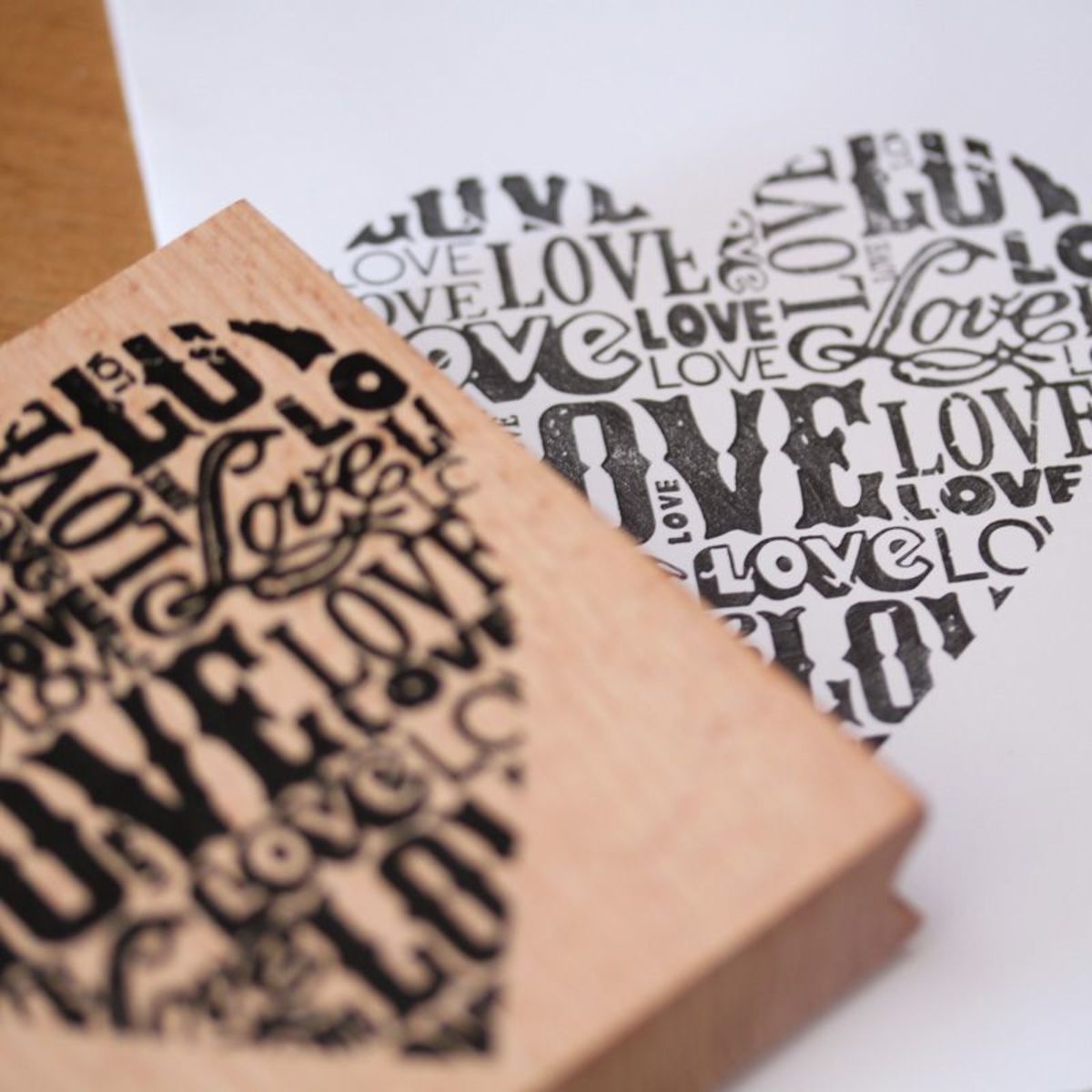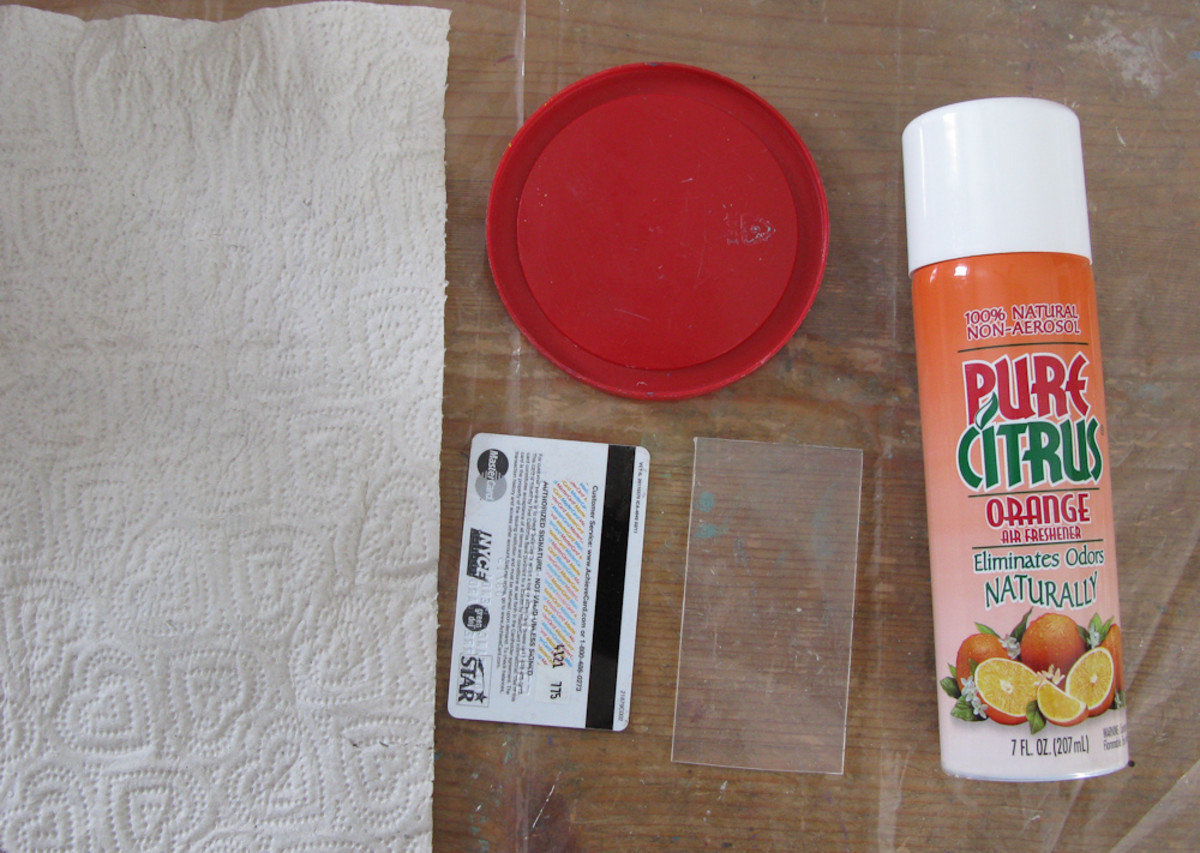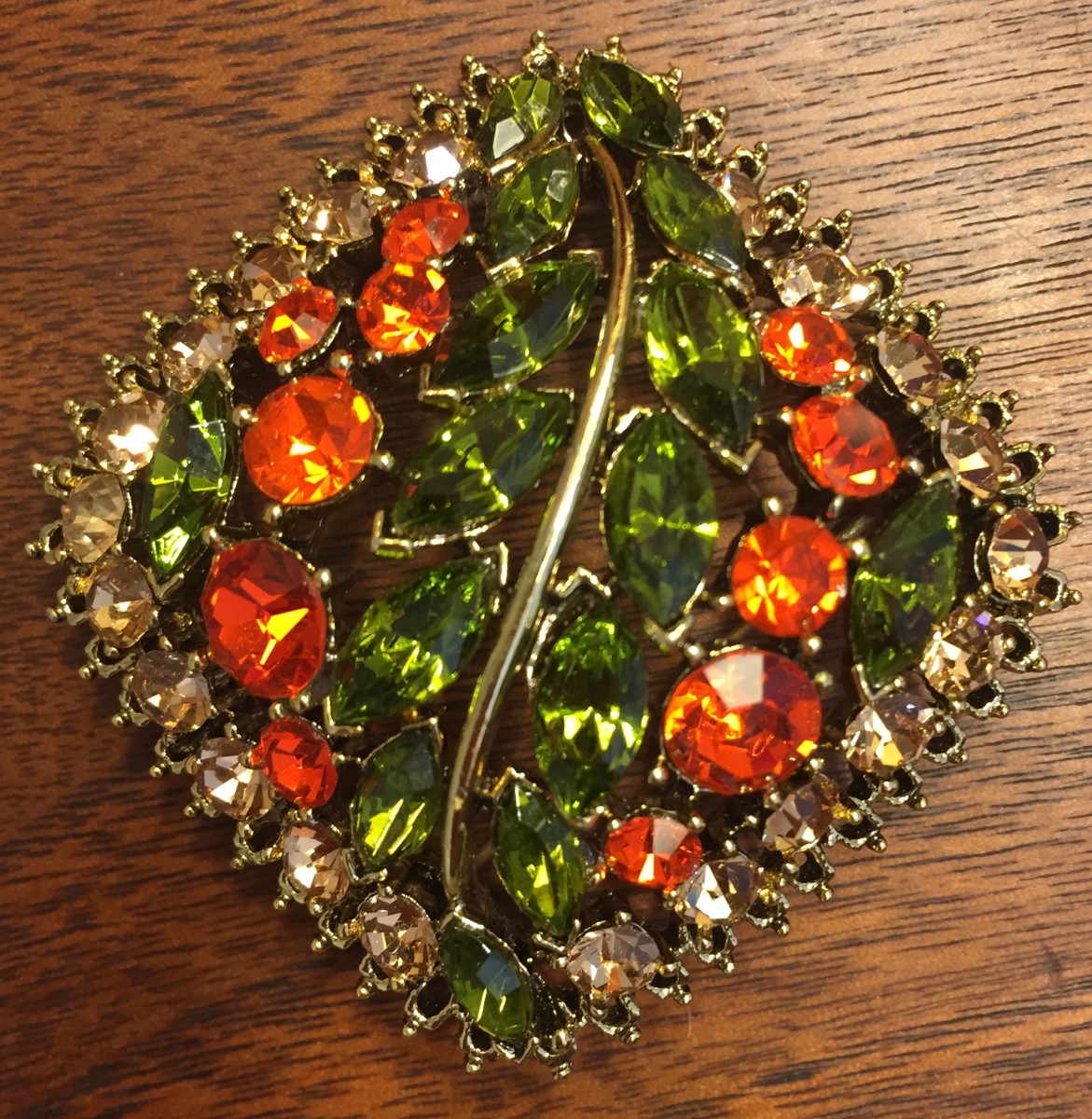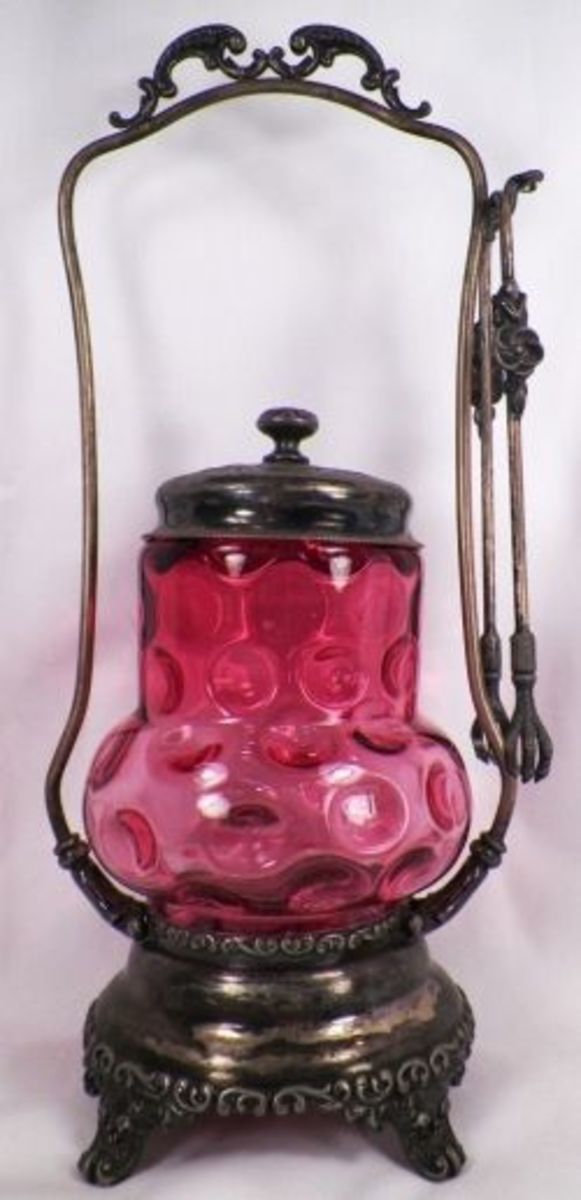Tips for Handling, Preparing, and Collecting Stamps

Collecting Stamps
Stamps are probably one of the more popular items that are kept in collections. They are wide and varied, and for the most part fairly cheap to purchase for a collection. I mean, many stamp collectors start by just collecting the stamps that they receive on envelopes in the mail, never having to go out and purchase anything.
And, to some people, collecting stamps may seem time consuming and boring, but if you think about it, there are so many different sizes, types, and styles of stamps that each one tells its own story.
You will even find many collectors who have been in the hobby for a while will purchase rare, old, and antique stamps over the internet so that their collection is that much more filling and exciting because you can find stamps from all over the world on the internet, meaning you don't have to know someone to get a stamp from Australia if you live in France.
Stamps come in many different themes and designs, and sometimes you'll even find that some stamps come in a group (IE a set of all oceanic stamps). Although, they may seem boring, stamps can be a pretty interesting hobby. You just want to make sure that you follow a few guidelines when handling, preparing, and collecting stamps.
If you decide to start collecting stamps, you will want to make sure that you have all the right tools. You really don't need many. Just make sure that you pick up a good pair of tongs, glassine envelopes, archival stockbook, and a high magnification magnifying glass (a jeweler's loupe works great).
Handling Stamps
Because stamps are essentially just pieces of paper, they can easily be damaged when you pick them up and try to work with them. This is why it is important that you know how to handle stamps when you are collecting stamps.
If you think about it, a collection is at its best when kept in high quality and, preferably near mint condition, but when it comes to collecting stamps, you have to worry about the dirt, oil, sweat, and other grimy things that are one your fingers. This is why it is important that you know the proper handling techniques.
The best way to handle your stamps and stamp collection is by using tongs, which are essentially a pair of tweezers that have flattened blades on the ends. When looking for a set of tongs, there are a number of different designs that you can choose from that range in price from a few bucks for simple designs to high dollar for imported and fancier models.
When trying to pick out the best set of tongs, you want to make sure that whatever pair you choose will be those that will work best for you. It is always a good idea to test them out first, if you can. Pull the tongs open just a little bit so that you can test how well they are manufactured.
The one thing that you want to make sure of is that the ends are flat. If you purchase tongs with "tweezer" blades, you may puncture the stamp.
Once you've picked out your tongs, picking up your stamps is simple. Just grab the stamp with the tongs, putting the blades as close to the center of the stamp as you can. Apply just enough pressure to securely take and move the stamp. Try not to put too much pressure on the stamp, as you can leave pressure marks in the paper.
Every now and then, you should clean your tongs with dishwater soap to make sure that the blades are kept clean.
Stamp Collecting Guide
Soaking and Preparing Stamps
Although, you can go to the post office and purchase the newly released stamps and even many limited edition stamps, many stamp collectors still snatch most of their stamps from the envelopes they receive in the mail. And, in this case, you'll find that the stamp will need to be removed from the envelope so that it can be stored properly.
To do this, the stamps must be sorted first. Basically, you'll wan to separate the stamps into what type of stamp they are. They'll typically fall under one of the following categories.
- Self-adhesive stamps
- Stamps on colored paper and manila envelopes
- Stamps with rubber stamp cancellations with red, purple or other deep colors
Once you've got your stamps sorted, you'll want to trim the edges. Make sure that you leave about a quarter of an inch all the way around the stamp. Be very careful not to cut the stamp, itself, or its perforations.
Here's where you actually soak the stamp. Different collectors will use different methods, but a simple method of soaking the stamps is as follows... Just remember that wet stamps are very weak, so you want to be very careful!
- Fill a shallow bowl or container with water. Use hot water for self-adhesive stamps, cool water for stamps on colored/ manila envelopes and cancellations, and lukewarm water for regular stamps on plain envelopes.
- Put a few stamps in the bowl. Depending on the size of the bow, you can get away with 5 to 15 stamps. Just make sure that you have enough room for all of the stamps to float around without clumping together. If you have stamps on colored paper or colorful cancellation stamps, put fewer in the container.
- Soak the stamps until they are no longer attached to the paper. You may have to change the water a few times, making sure that it stays clean. Throw out the envelope backing as soon as it detaches from the stamp, and make sure to watch stamps on colored paper carefully for bleeds.
- Once the stamps have detached from the paper, carefully rinse them with clean water to make sure than any residue or paper is gone.
You may find that self-adhesive stamps can take up to 20 minutes or longer to soak, and some of the original self-adhesive stamps may not detach from the paper.
Tips for Stamp Collecting
When collecting stamps, there are a few things that you want to consider and be careful of so that you don't damage your stamps.
- Before handling your stamps, make sure that you wash your hands, as dirty, oily hands can and will damage stamps. Even when using stamp tongs, it's still important to make sure that your hands are clean.
- Make sure that you check all incoming envelopes for stamps that you may want to add to your collection. You should also check the envelopes because you never know if you may miss a First Day Cover, Event Day Cover, or piece of postal history.
- When you soak the stamps or prepare to mount them, you want to cut off excess envelope, but you want to be very careful that you don't trimp the stamps too closely and accidentally cut off the stamp. You want to make sure that whatever is attacted to the stamp is, or isn't actually a part of it before you cut anything off.
- Avoid using glue or tape when mounting stamps. You want to use hinges or mounts, as they will not destroy the stamp when removing the stamp. By using glue or tape, you will have the stamp secured in position, but you will not be able to take the stamp off without destroying it.
- When storing stamps, you don't want to leave them loose in a box. Even if you do fall behind in sorting and filing, you risk bending, curling, and otherwise plain damaging your stamps when leaving them loose in a box. You will be better off spending a few minutes to store them in a glassine envelope and then placing them in the box for future filing.
- Mounts keep stamps protected and allow you to examine and view your stamps, but you want to be very careful of the mount size that you use. Mounts typically come in a variety of sizes, and you want to make sure that you do not use mounts that are too small. Never force a stamp into a mount just because you do not have a larger size; by doing this , you can cause creases and definitely risk damaging preforations.
Once you've successfully soaked your stamps and they have detached from their paper backing, you'll want to dry them face down on paper towels or newspaper. Make sure that whatever you use to dry the stamps, it isn't colorful because you don't want the color to bleed onto the stamp. Make sure to have just one, single layer of stamps on the paper when drying.
Now that the stamps are dry, you want to flatten them. Just make sure that they are 100% dry before you do so. To flatten a stamp before mounting in your stamp book, you can follow one of two methods.
- On a flat surface, such as a table, place the stamp as flat as possible on blank paper, piece of glassine, etc. Place another sheet of paper on top them, and cover all of the stamps with a large book, making sure that no part of the stamp is showing. Let them sit for a few days.
- Place the stamps within a phone book, dictionary, or another large book, and let them sit for a few days. Just remember what book you used and what page you put the stamps. You may even want to put the book away or put a note on the book so that no one uses it during the process, potentially scattering the stamps.
At this point, your stamps are ready to be mounted in your stamp album.
Tools for Stamp Collecting
2009 Stamp Releases
Click thumbnail to view full-size







2009 Stamps
Click thumbnail to view full-size









